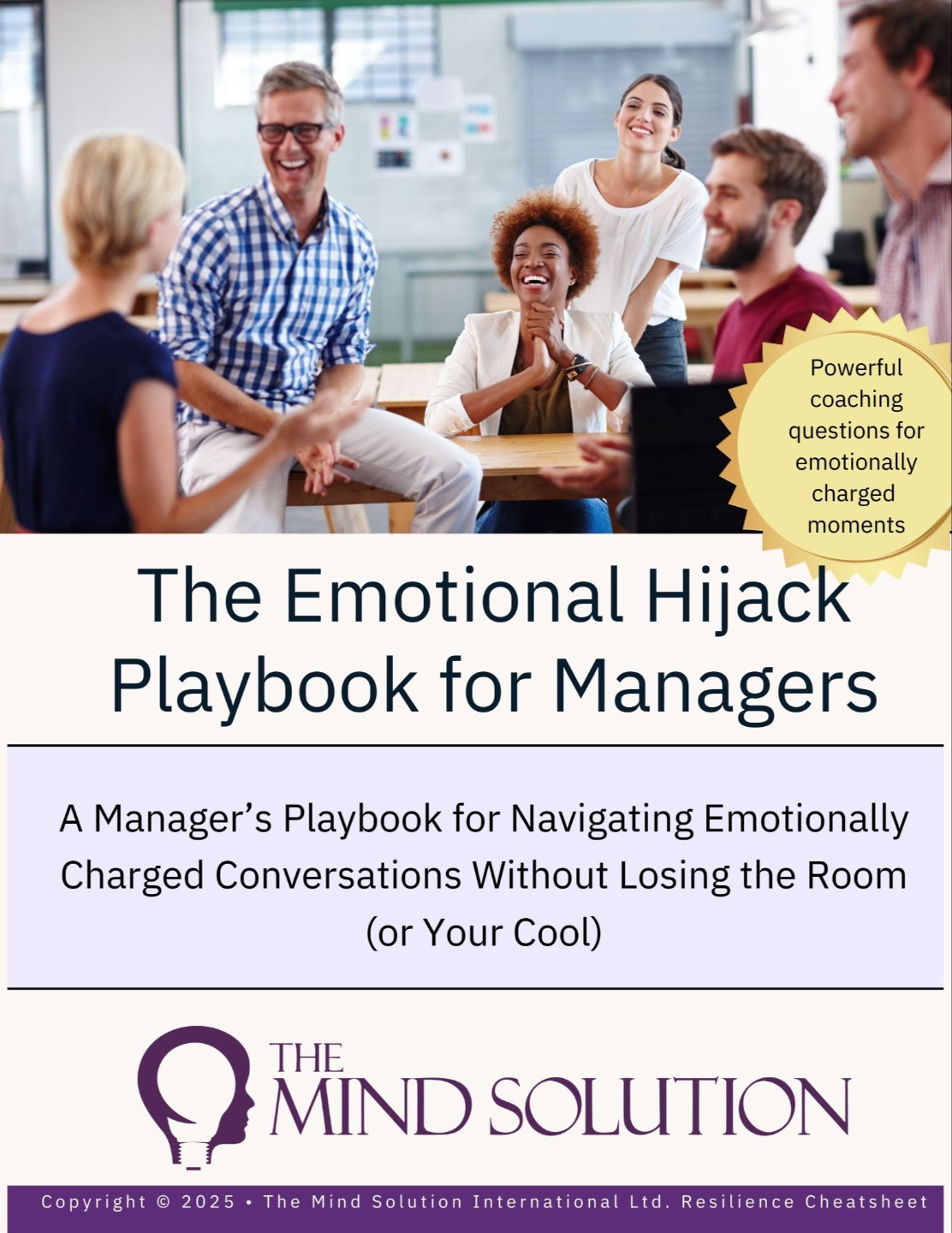Understanding the Dimensions of Employee Wellbeing
Aug 06, 2025
What Are the Dimensions of Employee Wellbeing?
Employee wellbeing includes physical, emotional, social, and financial health, as well as factors like resilience, work-life balance, and job satisfaction. There’s no single “right” model; what matters most is creating a wellbeing strategy that reflects the unique needs of your people and workplace.
Depending on where you look on Google, you’ll find different takes on the “dimensions” of employee wellbeing. Some say there are five. Others say seven. I’ve seen models with four, twelve, and even more.
The truth?
There’s no right or wrong answer.
What matters more is how you use that information. Because while it’s helpful to understand the different components of wellbeing, you don’t need to address every single one in order to make a meaningful impact.
Here are some of the most commonly referenced employee wellbeing dimensions:
-
Physical wellbeing — Exercise, sleep, nutrition, hydration
-
Emotional wellbeing — Self-awareness, nervous system regulation, resilience, preventing emotional hijacking
-
Social wellbeing — Positive relationships, connection, psychological safety
-
Financial wellbeing — Literacy, budgeting, control over personal finances
-
Spiritual or environmental wellbeing — Depending on your model, this can include purpose, meaning, values alignment, or workplace surroundings
And while these frameworks are helpful, a holistic approach to employee wellbeing is not about ticking every box. It’s about asking a more important question:
What are you trying to achieve with your wellbeing strategy?
Why Do Some Employee Wellbeing Strategies Fail?
One of the patterns I often see is HR and People leaders feeling overwhelmed when it comes to creating an employee wellbeing strategy.
Wellbeing is such a vast topic; there can be pressure to do everything, to offer a session on every dimension, to make sure everything’s “covered,” to roll out new wellbeing initiatives constantly.
But in reality, this can feel more like throwing jelly at the wall and hoping some of it sticks.
If you don’t start with a clear vision, you can end up in a cycle of running reactive events, launching ad hoc resources, and struggling to demonstrate real impact.
Instead, a holistic approach begins with stepping back.
How to Build a Strategic Employee Wellbeing Strategy
As with a business strategy or a marketing strategy, you start with the end in mind. What are you aiming to achieve, and what are the steps that are going to get you there?
Whether you have a standalone wellbeing strategy or it sits within your wider HR or people strategy, the question is still the same:
What’s the purpose?
What outcomes are you aiming for — and why?
For example, is your goal to:
-
Reduce absenteeism or long-term stress-related leave?
-
Prevent burnout?
-
Address neurodiversity needs?
-
Support the mental health of a growing remote workforce?
The clearer you are on the goal, the easier it becomes to align your approach.
A simple but powerful question I like to ask, is this;
'If we were speaking about the health and wellbeing of your workforce a year from now, what would you love to tell me you were seeing?'.
This could be a reduction in the cost of absence by £35,000. That 10 of your long-term sick cases have been resolved in a win-win situation. The feedback in your employee engagement survey about how people feel the company care about their wellbeing is significantly better. That managers have the knowledge and tools to proactively address mental health in the workplace.
How can Data Improve Your Employee Wellbeing Strategy?
You don’t need to guess what your people need.
Many organisations start with an employee wellbeing survey — and that can be useful, as long as it’s followed up with focus groups or qualitative insights. Data without context can be misleading. But data paired with conversation gives you depth.
You might learn:
-
That your burnout rates are rising
-
That a large number of employees are masking neurodiverse traits
-
That line managers don’t feel equipped to handle mental health conversations
-
That people are struggling with sleep or emotional regulation, not just workload
From there, you can decide what to prioritise.
And importantly, you can pilot.
What's the Best Way to Start a Wellbeing Strategy?
If you’re at the beginning of this journey or you’re navigating a shifting set of needs, you don’t have to launch a full bells-and-whistles wellbeing programme.
You might start with something small and targeted:
-
A pilot round of mental health training for managers
-
An employee-wide resilience workshop
-
A test group for something like Treating Trauma the Easy Way, to gauge engagement and results
Small pilots help you build credibility and buy-in internally. They give you data to work with. And they show your employees that you’re listening and experimenting with what works for your culture.
Why Should Every Employee Wellbeing Strategy be Unique?
There is no universal roadmap to employee wellbeing, and there shouldn’t be.
Just like your business strategy is tailored to your market, your people, your challenges, and your long-term goals, your wellbeing strategy should reflect that same nuance.
What works for one organisation may not be what your people need.
So instead of chasing the perfect framework, the “right” number of wellbeing pillars, or the trend of the month, start with your vision. Then build out from there.
Ask:
-
Where are we now?
-
What’s working?
-
What isn’t?
-
What do our people need?
The Wellbeing Strategy Is Never Finished — And That’s a Good Thing
Like any good business strategy, your wellbeing approach should evolve. What you start with in year one may not be what you deliver in year three. That’s not a failure — that’s how responsive strategy works.
Wellbeing needs change.
Organisations change.
Workplaces change.
And the most effective strategies embrace iteration rather than fearing it.
How Can You Make Your Wellbeing Strategy Human and Commercial?
A final thought:
If you’re looking to make your employee wellbeing strategy commercial — something that genuinely delivers ROI, improves retention, reduces absence, and supports performance, then it helps to work with someone who lives and breathes this space.
Whether you need a fresh pair of eyes, strategic input, or a partner to help you design and deliver something that works, we are wellbeing consultants who are here to help you.
If you’re looking to create a commercial, strategic, and human-led wellbeing approach in your organisation, we’d love to support you.
Get in touch with us here.
The Emotional Hijack Playbook For Managers
A Manager’s Free Resource for Navigating Emotionally Charged Conversations Without Losing the Room (or Your Cool).
Perfect to use in your next one-to-one.







